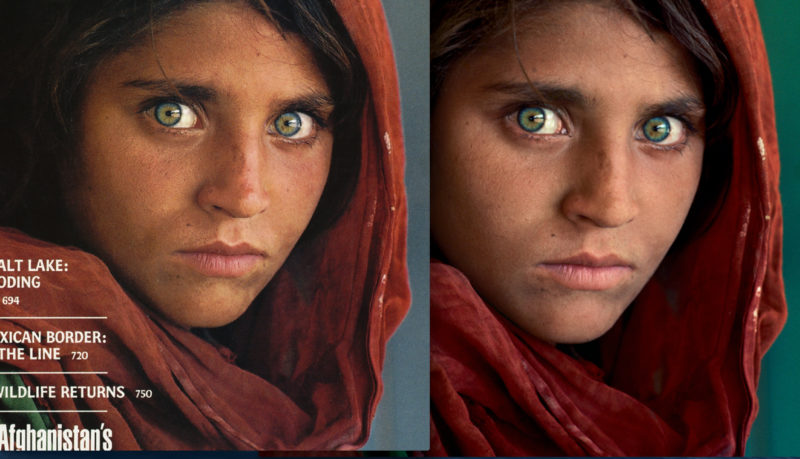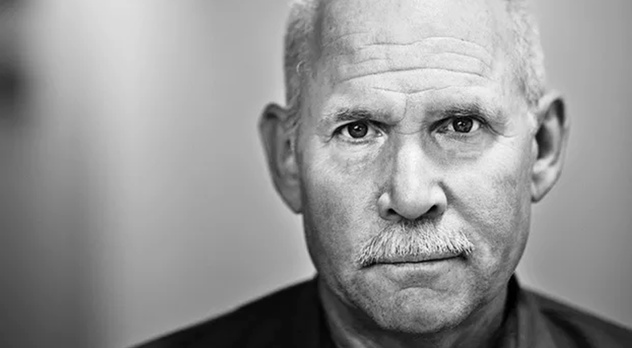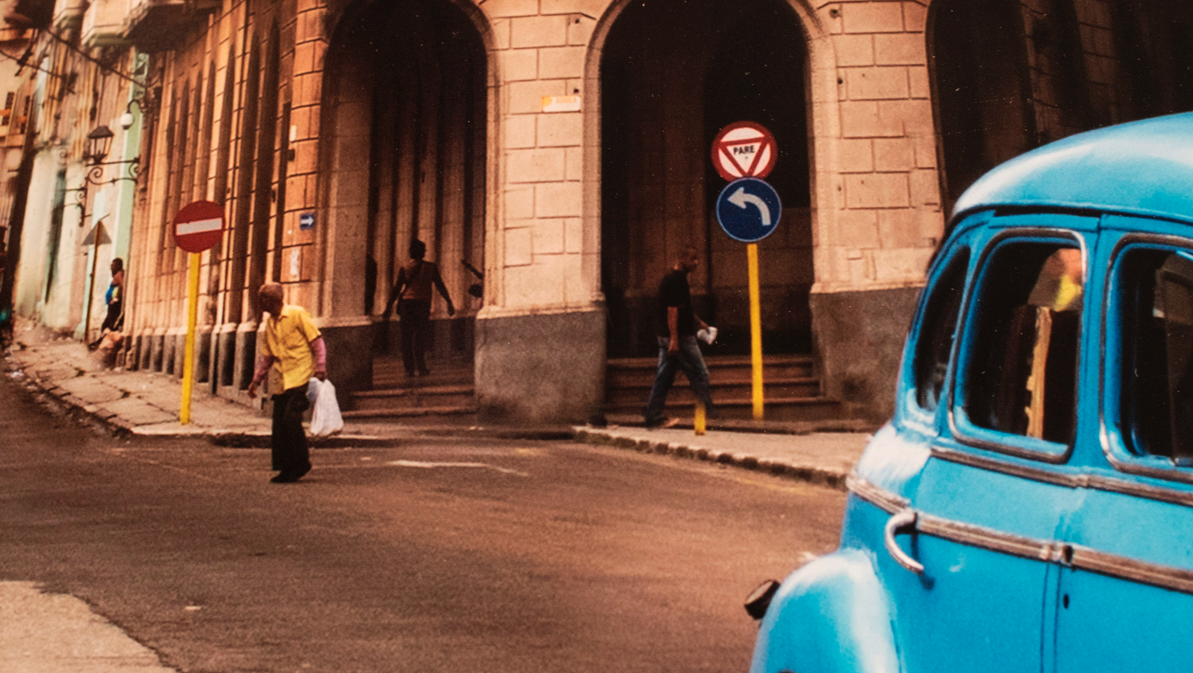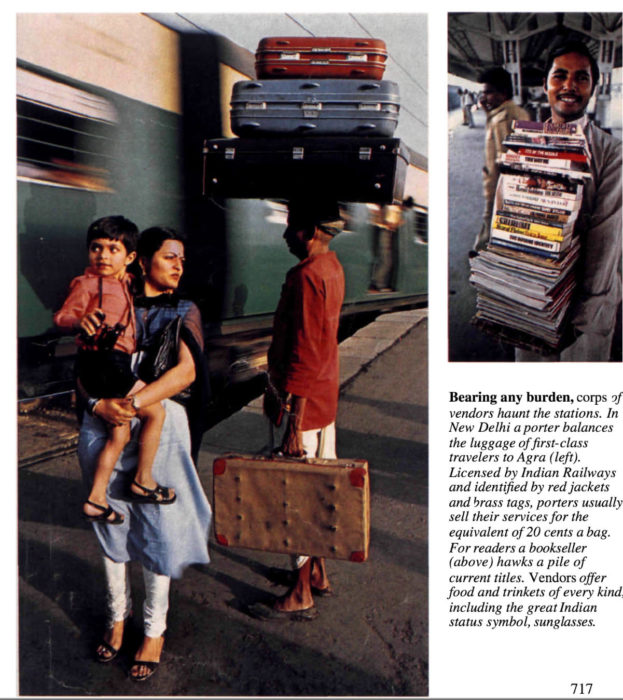








These were the results of my photoshoots conducted in Scotland. I then chose specific images, which I then edited to the way I would have liked them presented in my photo-book. I am happy with some of the images made and not so happy with others as they are not what I wanted and visualised them to look like, however saying that they are still successful images and show a true representation of my granddad’s life, through documentary photography.

This is my granddad’s chair, which is located in the living room of his house, this is where he would spend most of his time and will sit on that chair for hours on end. Its sad as this seems to be all he ever does anymore, he sleeps, eats and sits on the chair watching TV or reading a book until its time to go to bed again. This chair is a huge part of my granddad’s life and he would be devastated if it were to get taken from him. This image was inspired by an image made by a photographer called Phillip Tolendeo as he captures his fathers chair in a similar fashion in his book ‘days with my father’. The chair is located next to the window as occasionally you would notice that would often look out the window almost fantasising about being outside and being free to move around willingly. This chair isn’t just a chair but represents more than this. This chair almost supports my granddad and represents his loss in freedom. Specifically, his loss in quality of life, it shows his loneliness as he relies on the chair to get him through the day and to release any physical pain he may have. The patterns on the chair shows that they are more modern in their fashion and styles as this is a more up to date theme and patterned material, which suggests they are aware of how society has changed over time. The chair is a smart, upright and elegant model, which reflects accurately to what my granddad is like as a person as he is extremely smart and witty even in his old age and he is elegant and takes pride of his appearance.

This is my granddad sitting on his chair, reading the Sunday paper which he often looks forward to doing. This is a documentary style photograph as it was a photo taken in the moment, without staging, which is a theme I tried to remain consistent throughout my photoshoots. Again, my granddad does not do much during the day, for most of the time he is sitting in his chair, which is shown in this image. This image was taken to show the activities he does to pass time in the day, it also suggests that he is aware of current issues or news in the UK as he is always reading different papers and often has his own view and take on things he listens to or reads about. I feel that he reads articles to have some sort of contact with the outside world as he has lost contact with this due to his illness and ability to walk and talk. I also feel that he might read the paper to pass time as he has hours to waste and this takes up time in his day to distract himself from pain he may feel and the thoughts of his lack of quality in his life.

This is in my granddad’s garden there are two chairs with a round table in between them, this is where my gran and granddad would sit on a warm day to watch the birds fly past as they have always been big animal fans and enjoy bird watching. They used to sit and play games to see how many they could name correct, my granddad could tell you the name of almost every bird, he has phenomenal memory. He can no longer go outside as he feels the cold significantly more than he used to. In this photograph their is a owl, which sits on the table this was already their before photographing. My gran explained that she put it there to symbolises their ‘bird watching place’ I thought this was extremely thoughtful but didn’t understand why it was still there, my gran told me she could bring herself to remove it and it brings back happy memories of times where they were both happy with their quality of life. The space between the two chairs represents the distance between my gran and granddad due to his illness and his lack of independence. Although this seems like 2 chairs and a table- this represents distances and memory.

This is a snapshot image of my granddad as he walked into his 80th birthday party as he didn’t realise 40 people would be there to celebrate with him. When he got over the initial shock, he said ‘I can’t believe this many people are all here for me.’ I feel this photograph represents emotion, my granddad never cries, however, the shock and overwhelm of the outcome brought him to tears. A part of me feels that the tears were not just for this moment but a build up of emotion and fear of leaving the world, family and friends too early and the fact he got to the age of 80 is astonishing. Although, this is not a strong image technically I feel it has represented what I wanted my book to be about.


The images are of my granddad’s glass eye, this goes in his right eye socket, he hates putting it in as it causes discomfit and pain for him. He got his eye taken out after his second stroke in an attempt to remove pain he was getting behind the eye, he had already lost his sight in that eye and he was desperate to stop the pain, he agreed to have his eye taken out and replaced with a glass eye, which was matched to the original colour of his eye. He told me that this was the hardest part of his stroke and often thinks about how he regrets making this decision as the pain is still there and the glass eye causes infections, which are again extremely painful. The box at in the bottom photograph is the box he keeps it in to protect it from damage, when in the house he takes it out and relaxes his eye, he finds this extremely soothing and relaxing, This represents the change in my granddad’s life as he has had things taken off him- his freedom, his eye, his ability to see, walk and talk as he did before.

This images shows the glass eye in, it is clear he has some sort of problem with his eye as it does not look the direction of his gaze and his head position. One eye looks at me and the other is looking down, the image is a documentary image as it was again now stages, you see my granddad sitting down , which is a common theme of his life and daily routine and will not see many times where he will be standing or walking. This image is to capture my granddad as he is- a simple portrait to show what he looks like.

The image is of a magnifying glass, which my Granddad uses when reading as he struggles to see as he currently only has one eye which he can partially see out of the other eye but not very well. He uses this to make the words bigger on page to enable him to see the words to read. Reading and learning has always been a significant element in his life, even as a young man so he does not want to give this up so therefore he uses as a way of adapting to his condition. I decided to photograph objects which were significant things in his life, this is one of them, without this he would not be able to read.

This is another image of my granddad sitting on his chair, this one he is clearly thinking about something,my Nan says he does this daily and she thinks that he is thinking about the life he used to have but whenever anyone asks him what he is thinking about he demands its nothing. Again this is demonstrating that his life is mostly him sitting on his chair. I often catch him staring into space and I am convinced he is reminiscing about how good his life used to be and how he wishes he could move. He also frequently grips his hands together, maybe to release his pain as his grip is usually tight and strong as if he is distracting his attention to other pressure instead of the pain he feels in his body.

This is my granddad’s eye patch, this is to protect his eye socket from getting infections when he is not wearing his glass eye, as this is potentially a hole or wound in his face. My granddad does not like wearing this as he finds it uncomfortable and he often calls it his pirate patch as admittedly he looks like a pirate when wearing it. He also has to get a new eye patch every few months as it gets dirty, which could result in infection this is collected from the chemist and comes with his repeat descriptions. Again, this is something he uses regularly, which is why I felt it was important to photograph this.

This is my granddad washing his eye, everyday he has to clean and wash his eye so he doesn’t get infections. This is a snapshot image and illustrates a part of his daily routine, which I wanted to capture in my photo book as this is the main theme of my book- how his life has changed due to the illness and the adaptations he has to make to his daily routine. Although the window is seen as white in the photograph due to the light reacting with the camera, the main focus is my granddad so I feel this does not matter as much as if it was a environmental or landscape photograph.

My granddad likes to have a little bet once a week, the money put on it is a very small amount but he enjoys the thrill of winning and it also gives him an element of excitement, which he does not have very often as his daily routine consists of the same activities, which can get extremely boring. He has always loved horse racing and in particular watching the horse racing and with old age he started to enjoy placing bets on the horses- this is something that brings him a thrill. This is something he looks forward to so I felt this was significant to photograph and be in my photo-book.

In this photograph my granddad is smiling, it is not often that we see this as he is often in a lot of pain, which means he is not usually happy or feels like smiling. However, he will smile, you know deep down he is trying to hide his pain, this is a genuine smile and that is what makes this image so special. This image was taken when he walked into his 80th birthday party with all his old friends and family, which he hadn’t been able to see in ages- including his sisters, his best friend, childhood friends, aunties and uncles etc. He did not expect this and he was extremely surprised, I feel this image captures that.

Although these look like sunglasses they are glasses he wears when he needs to judge distance, which is when he is walking outside and often when watching TV. The brown lenses improve contrasts and also enhances depth perception, which helps to see 3D objects. There are different colours, which help with eye sight, you can get green, which transmits all colors evenly and dims glare while brightening shadows. This is the colour my granddad used to wear before he found the brown tinted glasses worked more efficiently for him. You can also get yellow, blue/purple, grey and pink/red.

This is a snapshot portrait of my granddad, the background is blurred to direct the attention to my granddad, making him the focal point of the image.

I decided to make a collective image of all his medication he uses for various reasons- all resulting from his strokes. Every week he puts his tablets into his container so that he remembers to take them as he regularly used to forget to take them all. This way they are all in the same place and this is kept next to his bedside table, the tablets has changed his life significantly as they are extremely strong, which results in him not being allowed to drink or take any other tablets in conjunction with them. They are also evidence that he needs medical help, which is something he never needed before his strokes. The tablets are also placed in an orderly manner, which is to show the structure in his life as he has a very structured routine when it comes to his medication and medical care.

This is my granddad and his childhood best friend, this is Rusty. He appears in some of the archival photographs with my granddad as youths. I find it inspiring that they are still very good friends after 80 years. This shows that although things have changed in his life, other important things has stayed the same such as his friendships and love for his family.

I decided to take a photograph of his 80 balloons to capture the celebration of his 80th birthday. I feel that I would like to turn this black and white- increasing the contrast as I do not think this image is strong enough without editing. I will do this later when I am choosing the final images I will be presenting in my photo book.

My granddad often scratches his head, the same specific part. I never really knew why but I researched into this as I know many older individuals, which excessively scratch their skin. I found that the sensation of scratching at skin can be pleasurable for some, while others describe a feeling of tension release when scratching. It can also have a calming effect as the sensation can be soothing to the nervous system. The scratching may therefore be a response to feelings of anxiety, depression, nervousness or fear. These are all common emotions in the aging adult, compounded by the deterioration of other mental faculties such as memory. I found this extremely interesting how this was a common activity for elderly individuals and felt this was important to photograph as it is something he likes to do.

Although this is not a well put together photograph it shows my Granddad’s intelligence. He likes to watch quiz TV shows and will answer the questions himself as if he is on the show, most of those answers are right. He has always been extremely intelligent and knows everything about anything. He tell us he likes quizzing himself as “it helps keep my brain ticking over.” He has every quiz show recorded and he looks forward to watching them, especially The Chase.

Again, this is an image of my granddad scratching his head. This time you see him from a side profile, which reveals his nose, which as you can see has partly deteriorated leaving him with half a right nostril. It was the whole of the right side of his body which was mostly affected by the stroke. This image shows this.

This is a night time image of there house, I decided to edit this in photoshoot to make it more contrasted and turned into black and white. This is significant as this is where he will spend the rest of his life and they also had to move after his second stroke as he could no longer walk up the stairs and they became a difficulty to move from room to room and therefore this forced them to move to a bungalow to make it easier for my Granddad to move around the house. My granddad was devastated to leave his old house as this is where his children were brought up and he felt like there were so many memories in that house.

Another snapshot of my granddad, receiving his birthday cake- I thought this is a good documentary image of the event.

I also took images of thinks I seen round where they live. These would be objects my granddad would see when he leaves the house. This tree is located outside their house and is in clear view out of the window next to my granddad’s chair. I decided to turn it black and white and add more contrast to make it a bit eerie, which is because its something my granddad can see but will never touch as its too fair of a walk for him.

A snapshot of my granddad. I enjoyed taking these snapshot portraits of my granddad as they are all similar but also extremely different and to me this shows the different sides of him.

This is a cut down tree, which is near their house. About 10 years ago my granddad fought to keep this tree, instead of it being cut down, however he lost that battle. The tree was 15 years old and it was a beautiful feature, they cut it down to give one of the houses a sufficient view. My granddad didn’t think this was a good enough reason to cut down trees and ruin out environment and nature. This image illustrates his strong beliefs in nature.




These are all of the environment around the house and their areas as well as documentary images of my granddad.




These images are to accompany the interviews I conducted, which have now been turned into a few paragraphs about my granddad. I still have one to conduct- which is my mum. I like that they have an old and pure look to them. I also have just received some doctors notes about my granddads eye, which is the part he found the hardest. I don’t know whether to take photographs of the notes or to photocopy them to then insert into the book like Laia Abril does in her photobook.

Some of these images I would like to manipulate more to maybe turn some of them black and white.






































